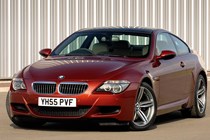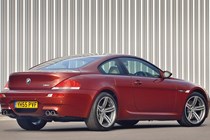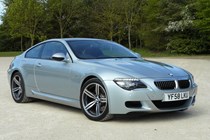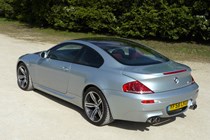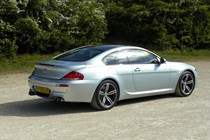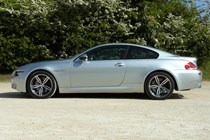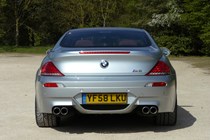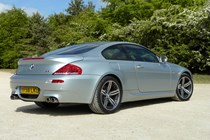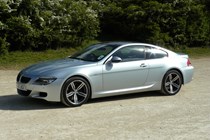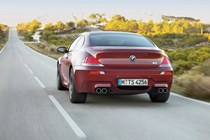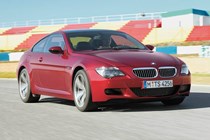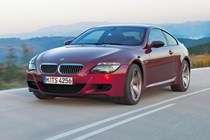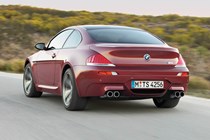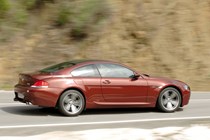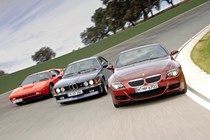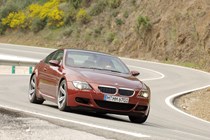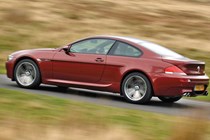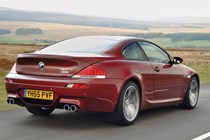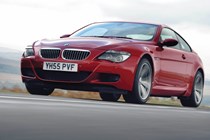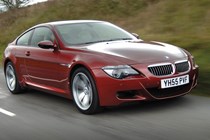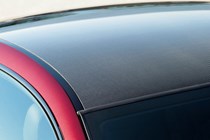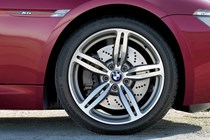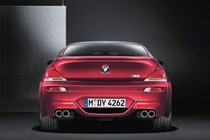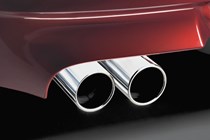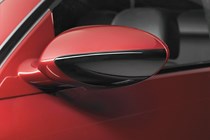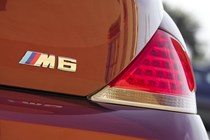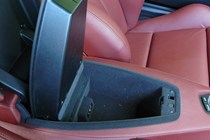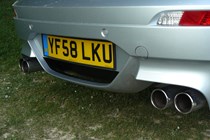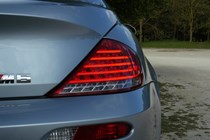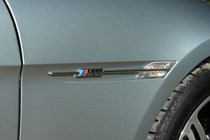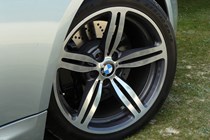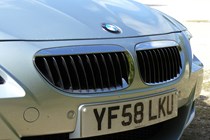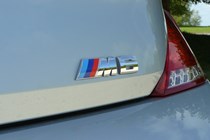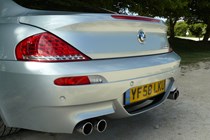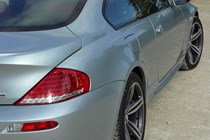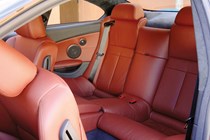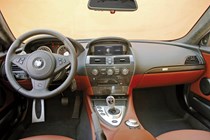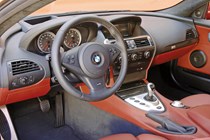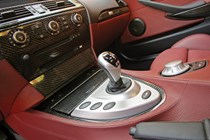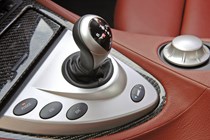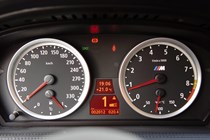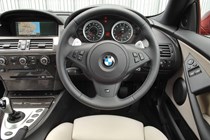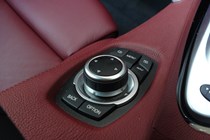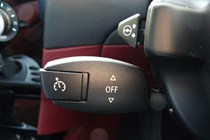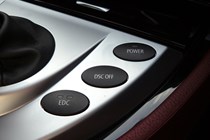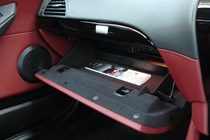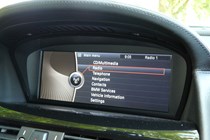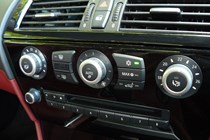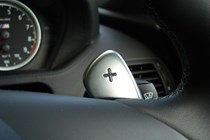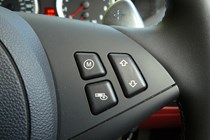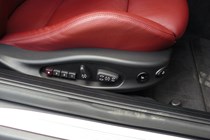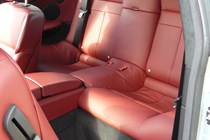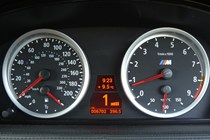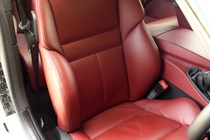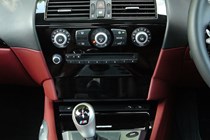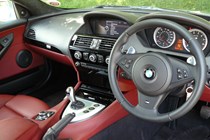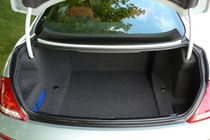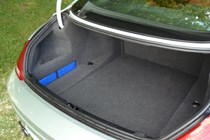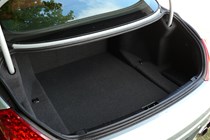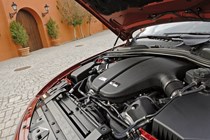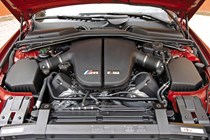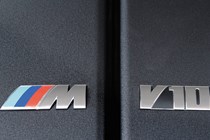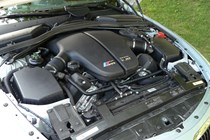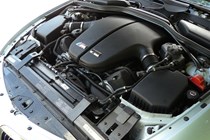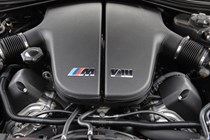
BMW 6-Series M6 (2005-2010) engines, drive and performance

The fact that the M6 can cover the 0-62mph sprint in 4.6 seconds and is said to be capable of more than 200mph if derestricted only tell part of the story. Because while there’s no doubting this is a high performance car – it is as comfortable cruising at a steady 70mph at little more than tick-over, as it is being unleashed on a racetrack with the thunderous V10 giving its all.
Drive normally, with the seven-speed sequential manual gearbox in automatic mode, and the M6 feels like it’s deliberately holding something back. But press the ‘Power’ button near the gear lever and the engine – which up to that point would have been running with a mere 400bhp – makes the full 507bhp available. Given encouragement the M6 becomes very rapid, with a seemingly limitless range of acceleration.
Once the engine (limited at a sky-high 8250rpm) seems to have given its best, there’s always another gear to help thrust the M6 towards the horizon. The M6 Coupe dispatches the benchmark 0-62mph in just 4.6 seconds – a tenth of a second quicker than the BMW M5 saloon (using the same engine) thanks to extra weight saving. Like the recent M3 Coupe the M6 has a carbon fibre roof, which not only saves 5kg over a conventional roof, it also lowers the centre of gravity to improve handling.
The speed of gearchanges can be changed using one of 11 different change patterns. There is also an F1-style ‘launch control’ facility which BMW recommends only on the race track. The convertible is a shade slower accelerating 0.1 seconds slower to 60mph than the coupe.
The M6 has a stiffer chassis than the standard 6-Series and thanks to various weight-saving techniques is only a little heavier than the 4.8-litre 650i. There is the carbon fibre roof (on the coupé), aluminium bonnet and doors, plastic front wings and a lightweight boot-lid. The convertible comes with a powered fabric roof and extra chassis bracing which increases weight by 220kg.
The steering has two alternatives to the default assistance mode depending on the settings used for the electronic damper control (EDC) giving it more sophisticated behaviour than simply varying assistance according to vehicle speed. EDC provides three settings: normal, comfort and sport. Traction and stability at the rear is aided by a variable differential lock and there are three settings for the electronic stability programme (which BMW calls dynamic stability control).
The default setting is the one which steadies the car when it begins to skid. The ‘MDynamic’ mode allows the driver to experience more unruly behaviour from the rear of the car before the electronics decide to rein it in. The third mode has the DSC completely disengaged. Despite the daunting responsibility of harnessing all this power the M6 it is actually very easy to drive within legal limits.
It feels remarkably composed and surefooted with only harsh provocation of the throttle pedal in lower gears will challenging the stability systems. The convertible offers similar levels of handling compared to the Coupe with the only real difference notable when pushing really hard as the extra weight means turn in isn’t as quick.


